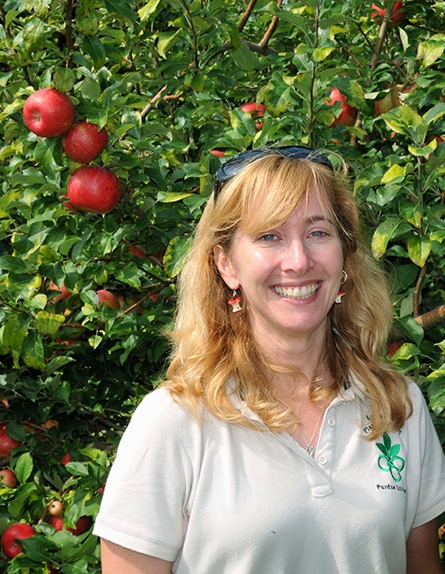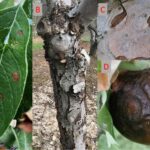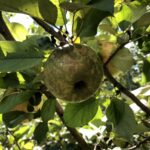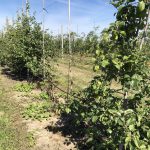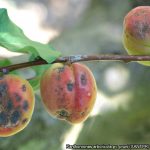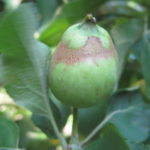Frogeye leaf spot, caused by the fungal pathogen, Botryosphaeria obtusa, has been quite prevalent this year, probably due to the combination of potential (and realized) crop loss and our cool, wet spring. This is the same fungus that causes cankers on the tree, along with black rot of apple fruit (Fig. 1). Frogeye leaf spot[Read More…]
For those of you still fortunately enough to have apples, disease management continues to a greater degree than those of us without a crop. Around now (the beginning of cover sprays), the most serious apple pathogens are generally less active, terminal buds have set, leaves have hardened off (and are now less susceptible) and weather[Read More…]
On April 30th, 2021, significant legislation was introduced with bipartisan support in the House, impacting the future of the U.S. organic sector. The bill, titled, Continuous Improvement and Accountability in Organic Standards provides a roadmap for organic through three main areas by: Clearing the backlog of recommendations, and requiring the USDA to issue an Organic Improvement[Read More…]
Freeze: There really isn’t much that can be added to the wonderful and unfortunately timely article about Frost. Critical Temperatures and Frost Protection by Rob Crassweller at https://extension.psu.edu/frost-critical-temperatures-and-frost-protection With a frost to freeze expected to cover most of the state on April 21 and 22, there will certainly be crop damage and loss (Fig. 1).[Read More…]
Fruit growers, we would like to hear your story about the freeze event on Apr. 20 and 21. What crops are you growing? Did you take protective actions? Did it cause damage to the crops? Hearing your stories would help us better design our extension programs. If you allow, we would like to share your[Read More…]
Did you know that almost half of the food we consume every day comes from crops the USDA categorizes as “minor” or “specialty” crops? Compared to the acreage of corn and soybean in the Midwest, fruit and vegetable crops are only a small percentage of crops grown. Not surprisingly, agrochemical companies focus their effort on[Read More…]
Modern clonal rootstocks are the foundation-and literal roots– to modern apple growing. These rootstocks ensure growers have orchards of relatively small trees that can be densely planted and result in earlier and greater bearing than what was historically possible. This is an obvious improvement over waiting multiple decades for an orchard to become profitable. However,[Read More…]
Warm, wet weather has led to an uptick in bacterial shot hole disease, caused by the bacterium Xanthomonas arboricola pv. pruni (XAP). We started to see a significant uptick in shot hole on peaches, nectarine and plum before conditions turned dry. Leaves and fruit susceptibility to XAP infection decreases after pit hardening (if you were[Read More…]
The recent spate of cool, wet weather has left one organism happy, Venturia inaequalis, the fungus that causes apple scab. Most of the state just underwent an extreme scab period, and unfortunately, few of us could do anything about it because of the combination of rain and wind. The revised Mill’s table (from http://www.fruit.cornell.edu/tfabp/revmills.htm )identifies[Read More…]
